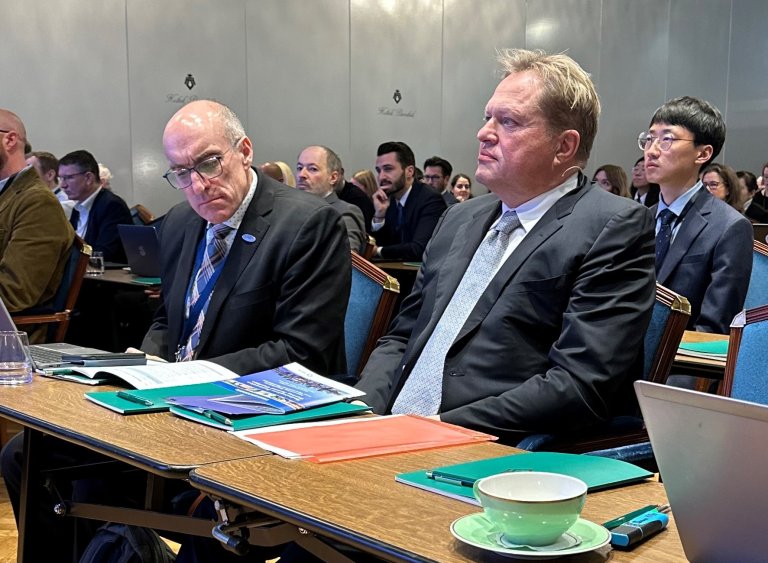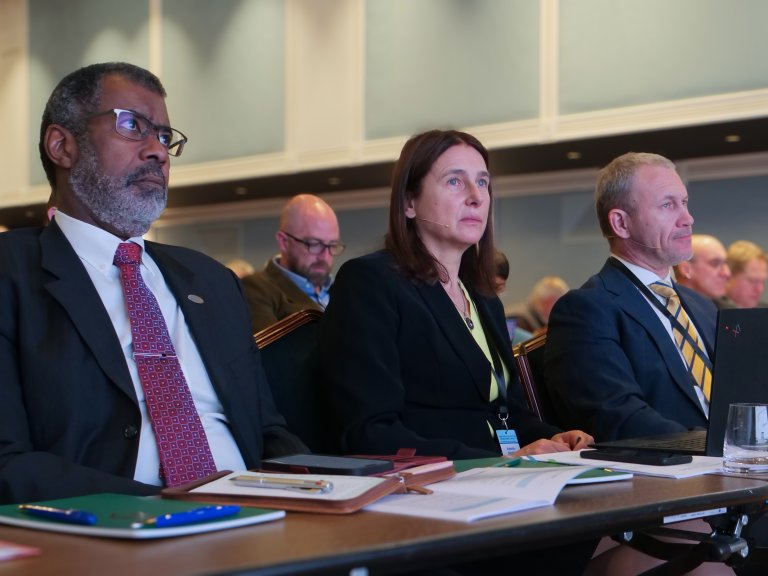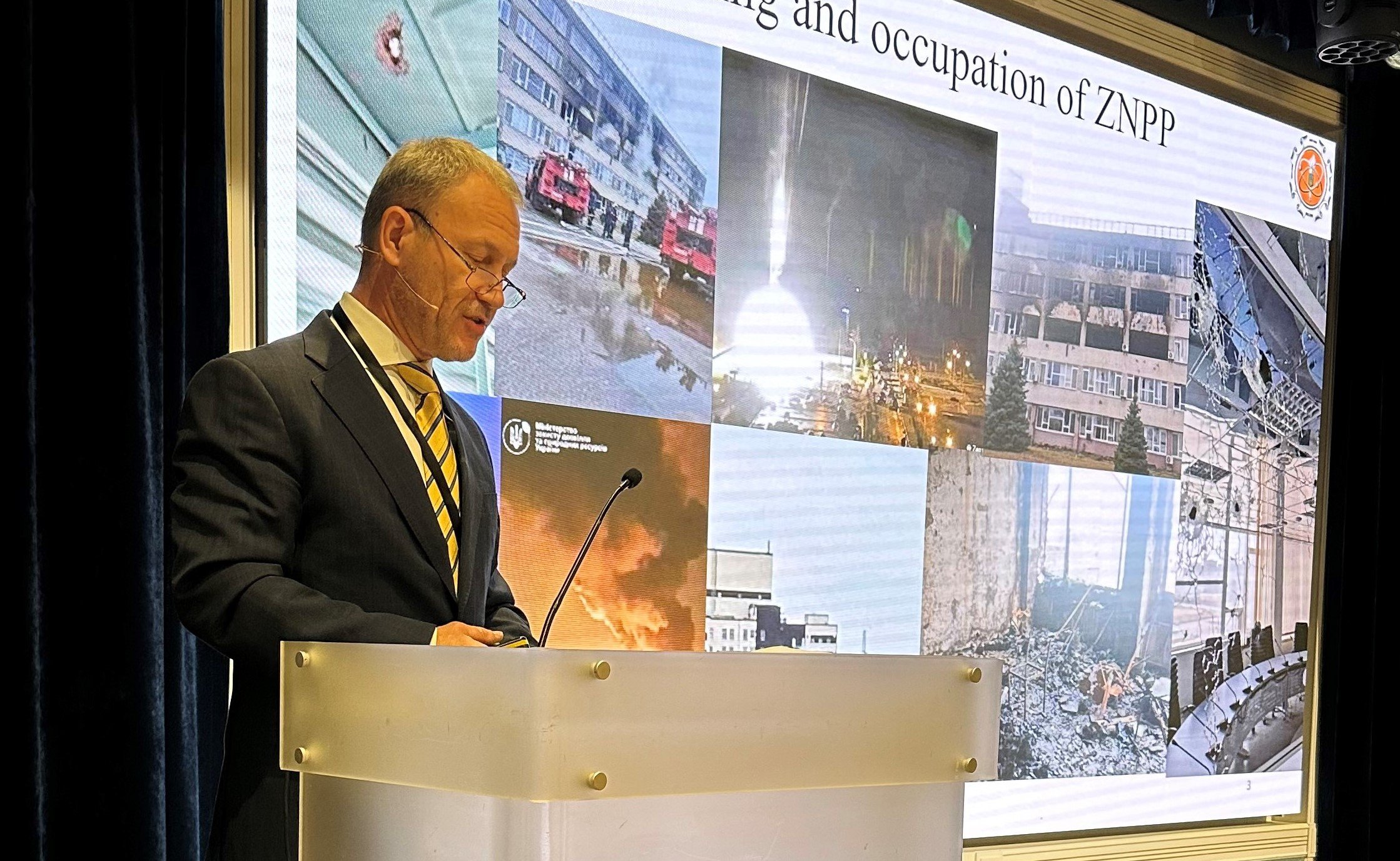– It is important to put the challenges that the war in Ukraine entails for nuclear security under the magnifying glass. This is a topic that presents significant challenges even in peacetime. And the threat presented by war exists not just within Ukraine's borders, but extends across the entire region, says Director Per Strand of The Norwegian Radiation and Nuclear Safety Authority (DSA).
Friday 24 November marks the conclusion of a three-day conference in Oslo, where experts met to address the challenges of ensuring proper radiation protection and nuclear safety, even when war is raging.

– We want to contribute to strengthening the international framework in this area. This is particularly important as the war in Ukraine has significantly increased the risk of nuclear incidents. Strengthening regulatory control in radiation protection and nuclear safety, cooperation and information sharing is crucial, says Strand.
The conference is a joint undertaking by DSA and the OECD Nuclear Energy Agency (NEA) and has brought together authorities and experts to discuss the many serious challenges presented by war, such as loss of control over nuclear facilities and radiation sources, lack of personnel, problems with communication, unstable infrastructure, limited possibility for maintenance and lack of necessary spare parts, as well as access to measurement data and information.
Conference participants have considered a number of the challenges of maintaining and restoring radiation protection and safety, and examined how preparedness should be organised.
– International and national regulations and procedures were drawn up for use during peacetime. And although these form the basis for what we do in wartime as well, they must be adapted to address the actual risks presented by war, and be based on opportunities actually available to take mitigating measures. The experience of Ukrainian authorities and operators during this war is a key element.

There was broad participation from Ukraine at the conference, primarily from the authorities but also from operators. The experience of those who work with this on a daily basis is crucial for the further international work to strengthen frameworks for radiation protection and nuclear safety.
– Our Ukrainian colleagues work tirelessly to maintain the safety of the population while the country is at war. The nuclear safety authorities play an absolutely decisive role. And I would also like to mention those who work at the nuclear power plants. They make an incredible effort to follow the regulations and to avoid nuclear accidents, says Strand.

